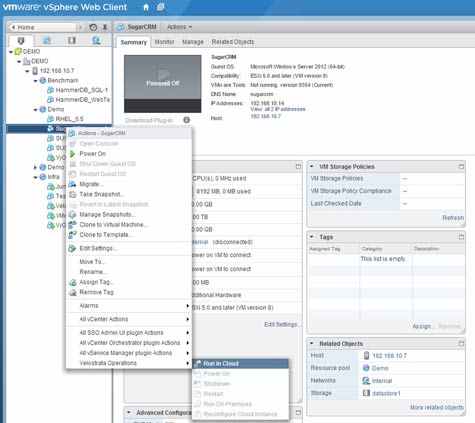While the use of public cloud computing has expanded, incorporating those resources within the larger context of an IT strategy remains a challenge. Everything from making sure a particular application workload is well suited to run on a particular cloud instance to finding ways to make existing data accessible to cloud applications requires a fair amount of effort.
With the release of Velostrata 2.0, an update to its hybrid cloud computing framework, Velostrata is aiming to make it simpler to test the performance of an application workload on a particular cloud platform before committing to that platform. Velostrata is also adding support for the Microsoft Azure cloud, which complements existing support for Amazon Web Services (AWS), and improving overall performance by enhancing the amount of cache available for virtual machines deployed on those platforms.
Velostrata is designed to make it possible to seamlessly move a workload running on top of a VMware virtual machine onto an AWS or Azure cloud. It deploys a virtual appliance on those clouds that maintains a connection to the data residing on premise that is associated with that instance of VMware. That data, acting as a compute engine in the cloud, is then streamed rather than replicated back to local storage.
Ady Degany, chief product officer for Velostrata, says that while IT environments now routinely consist of multiple clouds, IT organizations are still navigating the attributes of each platform. The latest version of Velostrata makes it easier to test out those capabilities in a way that doesn’t actually require the IT organization to refactor a workload on VMware in order to run it on AWS or Azure.
IT organizations are still a long way from embracing hybrid cloud computing that spans multiple types of systems. But as frameworks such as Velostrata continue to mature, the gap may be closing.




